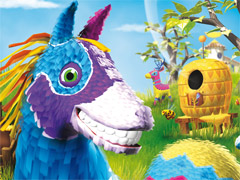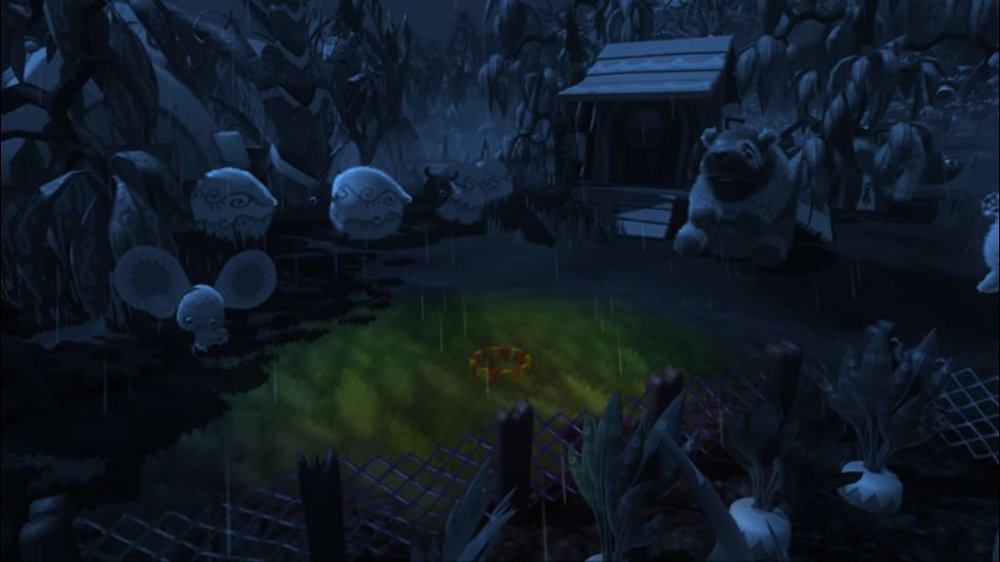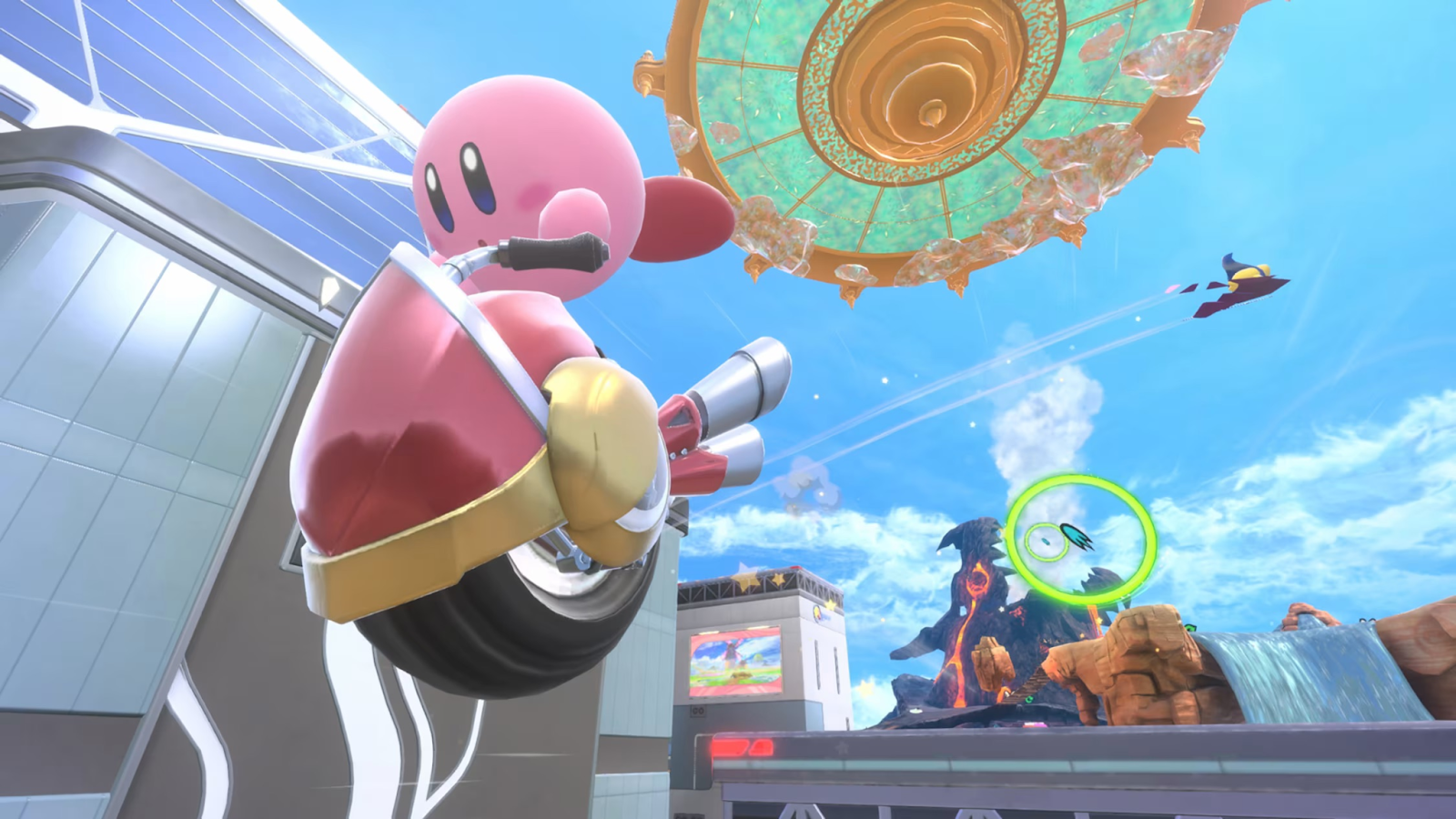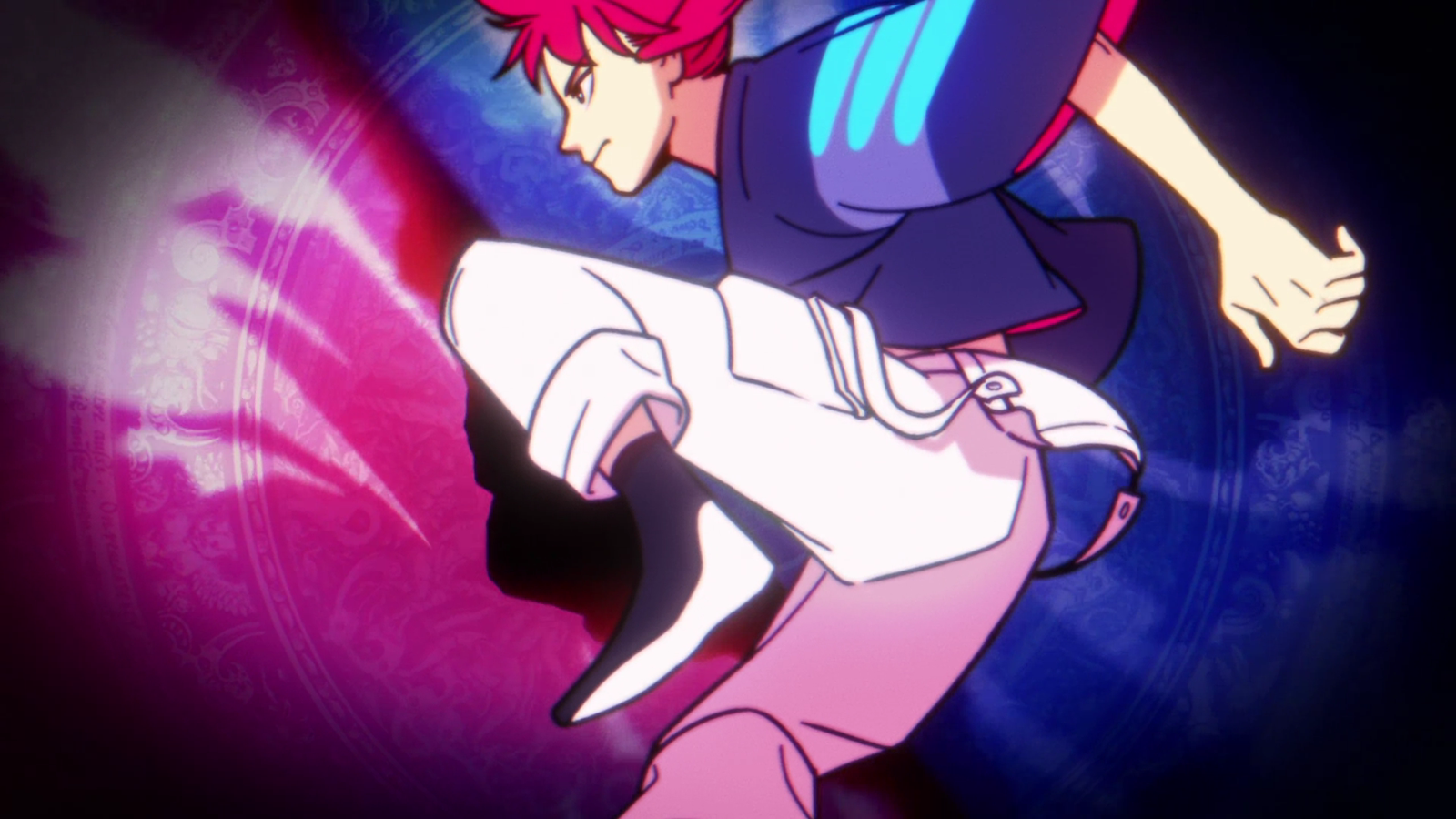You can trust VideoGamer. Our team of gaming experts spend hours testing and reviewing the latest games, to ensure you're reading the most comprehensive guide possible. Rest assured, all imagery and advice is unique and original. Check out how we test and review games here
The premise of Viva Piñata is exceedingly simple: create a garden and attract piñatas to it. While these piñatas all have funny names and look all cute and cartoony, they are essentially animals and behave how you’d generally expect animals to behave. One set of animals will have issues with another, and on occasions there’ll be trouble within a same-species community that needs sorting out. Once you’ve sunk a considerable amount of time into your garden its own little ecosystem will be formed, complete with food chain.
I should backtrack a little, as you have to do some basic garden maintenance before any piñatas will join your garden community. You have three main tools/items that help you sculpt and grow your garden: a shovel, a watering can and a bag of grass seed. To start with you’ll simply have to pat the ground down with your shovel and plant some grass seed, but later on your shovel can be used to create ponds, dig holes and batter unfriendly piñatas, and the watering can is used to, well… water.
Once your land resembles a garden and is no longer a scrap yard, piñatas will come along. Each species has its own set of wants that you’ll need to meet before the piñata can become a resident of the garden (at which point the piñata will turn from black and white to colour), and then they have another set of demands before they’ll mate and populate your garden with even more piñatas. The tricky part is pleasing everyone, while managing a limited budget (all the items you buy cost money, but you can sell produce and piñatas for extra cash) and keeping the piñatas alive – if you want to keep them alive that is.
Viva Piñata looks cute and kiddy, but the gameplay is anything but and requires a level of thought and attention that most kids simply won’t be able to manage. To help you along at the start of the game you’re pretty much held by the hand, with a lot of mini-tutorials and voiceovers from Leafos, the resident helper. These do interrupt the flow of the game a little, and might well annoy some players, but they’re pretty essential and give you a good understanding of the core gameplay mechanics.
You don’t get told everything either. While Leafos will offer a few titbits of information if you speak to her, the actual piñata farming element of the game is pretty much left for you to discover. You can find out what certain piñatas want by consulting a handy encyclopaedia, but a lot of the breeding is about trial and error, and getting piñatas to eat certain things. Items can be bought from the village shop, but these are bought more or less blind, and you’ll have to experiment to see what purpose they have.
There are loads of items and other things to spend your money on, ranging from essential piñata housing to plant seeds to garden helpers. Seeds are particularly interesting as they let you grow produce, to sell for cash and to feed piñatas. Each piñata can be customised as well, so you can have a group of animals with linked names (Wormy, Wormster, Wormalot, Wormolio, etc), all wearing hats and nose rings, if that’s your thing. Naming your piñatas actually makes what happens in the game a lot harder to take, as you’ll get to know the names of your original residents and feel a teensy bit sad if anything bad happens to them.
And bad stuff certainly can happen. Throughout the game you’ll encounter Sours. These are evil piñatas that come in from time to time and break open your cute residents or make them ill by dishing out poisoned sweets. If you spot them entering the garden it’s not too tricky to whack them with your shovel to break them, but if they manage to go undetected it’s not pretty. Ill piñatas can be sorted out with a visit by the doctor (which costs money), but destroyed piñatas are gone forever.
You’ll have noticed that I’ve stayed away from talking about any specific piñatas, and that’s because finding out about them and meeting new piñatas for the first time is one of the best parts of the game. They’re all so cute and well designed that a visit from a new piñata will brighten your whole day. Each has its own romance dance too (yes, this is for kids, so a dance is all that’s needed), complete with funky music and obscure dance moves. In fact, the only things that you might not like regarding the piñatas are the mating mini-games. These see you navigating increasingly tricky courses to reach your partner piñata – let me just say that they become tedious rather quickly.
Something else I’ve yet to mention is the sublime presentation. Yes, sublime is one of those words that are overused when describing good looking video games, but Rare really has created one of the most lush (oh dear, another one) looking games ever. No other game looks like it, and it’s full of character. While the gameplay is a tad hard for kids, Viva Piñata is the perfect game to play in front of them. The look is perfect, and it’s a game that is ideal for backseat players – shouting and pointing out things while you’re trying your hardest to sort out a fight between your two most loved piñatas. There’s a lot of voice work too, which I found to fit the tone of the game very well, but the kids TV show feel might aggravate a few people.
Any real problems come from the port from 360 to PC. On the PC the game hasn’t been well optimised, meaning you’ll need a rather high-spec to get it running well. I also suffered from numerous crashes and found the keyboard and mouse controls to be far inferior to using a 360 controller. Viva Piñata was designed to be an Xbox 360 game and it shows.
The overriding feeling you’ll get from Viva Piñata is one of depth. It’s a far more involving and time consuming game than I expected, meaning that if you like the gameplay you’ll sink an awful lot of time into your garden, and new gardens after that. It’s by no means problem-free, with a patch sorely needed, and does take a while to get going, but once it does you’ll find that the hours will fly by and your love of cuteness will increase tenfold.
Viva Piñata
- Platform(s): Nintendo DS, PC, Xbox 360, Xbox One
- Genre(s): Family, Simulation, Strategy

/https://oimg.videogamer.com/images/bd60/viva_pinata_5-41534.jpg)






